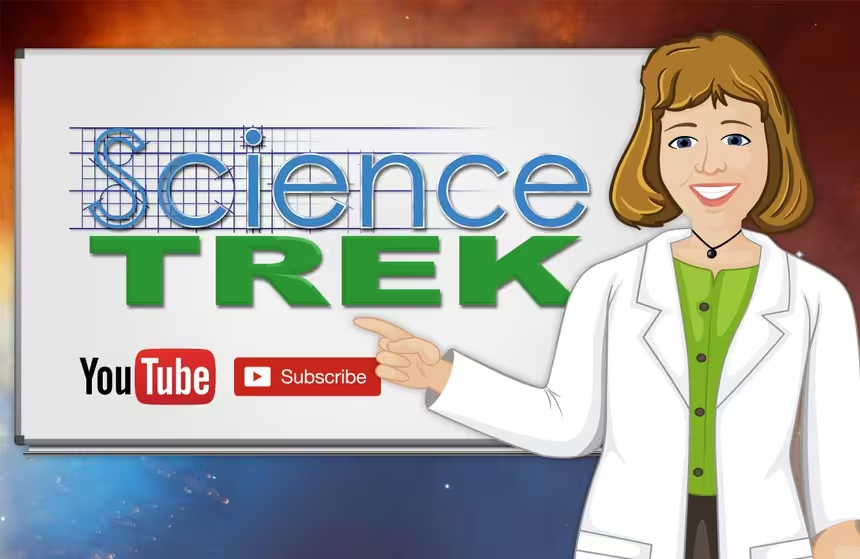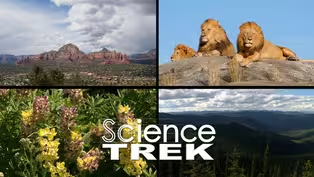
The Earth: It Moves!
Clip: Special | 1m 4sVideo has Closed Captions
What happens when tectonic plates meet?
The Earth’s crust is made of pieces call the tectonic plates. These plates move and shift and change to the face of the planet. How do they move and how fast?
Problems playing video? | Closed Captioning Feedback
Problems playing video? | Closed Captioning Feedback
Science Trek is a local public television program presented by IdahoPTV
Major Funding by the Laura Moore Cunningham Foundation and the Idaho National Laboratory. Additional Funding by the Friends of Idaho Public Television and the Corporation for Public Broadcasting.

The Earth: It Moves!
Clip: Special | 1m 4sVideo has Closed Captions
The Earth’s crust is made of pieces call the tectonic plates. These plates move and shift and change to the face of the planet. How do they move and how fast?
Problems playing video? | Closed Captioning Feedback
How to Watch Science Trek
Science Trek is available to stream on pbs.org and the free PBS App, available on iPhone, Apple TV, Android TV, Android smartphones, Amazon Fire TV, Amazon Fire Tablet, Roku, Samsung Smart TV, and Vizio.

Science Trek
Science Trek is a place where parents, kids, and educators can watch short, educational videos on a variety of science topics. Every Monday Science Trek releases a new video that introduces children to math, science, technology, engineering, and math (STEM) career potentials in a fun, informative way.[MUSIC] JOAN CARTAN-HANSEN, HOST: The Earth's crust is the outermost layer of the planet.
The crust is between 18 and 31 miles thick under the continents and about 3 to 6 miles thick under the ocean.
The crust is made up of 15 to 20 pieces known as tectonic plates.
They sit above the earth's mantle, and they're constantly moving and shifting.
The area between plates that move away from each other is called a divergent boundary.
The area where plates are moving toward each other is called a convergent boundary.
When converging plates come together, one gets pushed under the other.
Volcanoes and large earthquakes can also happen along these boundaries.
The third area is called the transform boundary.
This is where plates slide past each other.
As the plates move scraping and jolting, earthquakes are common.
250 million years ago, all of the earth's continents were bound together in one.
It was called Pangaea.
Over time, they broke a part and formed the pattern we know today.
The plates continue to move but only about the same speed as your fingernails grow.
For more information about the Earth, check out the Science Trek website.
You'll find it at Science Trek.org
Video has Closed Captions
Clip: Special | 1m 4s | In what kind of biome do you live? (1m 4s)
Providing Support for PBS.org
Learn Moreabout PBS online sponsorship
- Science and Nature

Explore scientific discoveries on television's most acclaimed science documentary series.

- Science and Nature

Capturing the splendor of the natural world, from the African plains to the Antarctic ice.












Support for PBS provided by:
Science Trek is a local public television program presented by IdahoPTV
Major Funding by the Laura Moore Cunningham Foundation and the Idaho National Laboratory. Additional Funding by the Friends of Idaho Public Television and the Corporation for Public Broadcasting.
